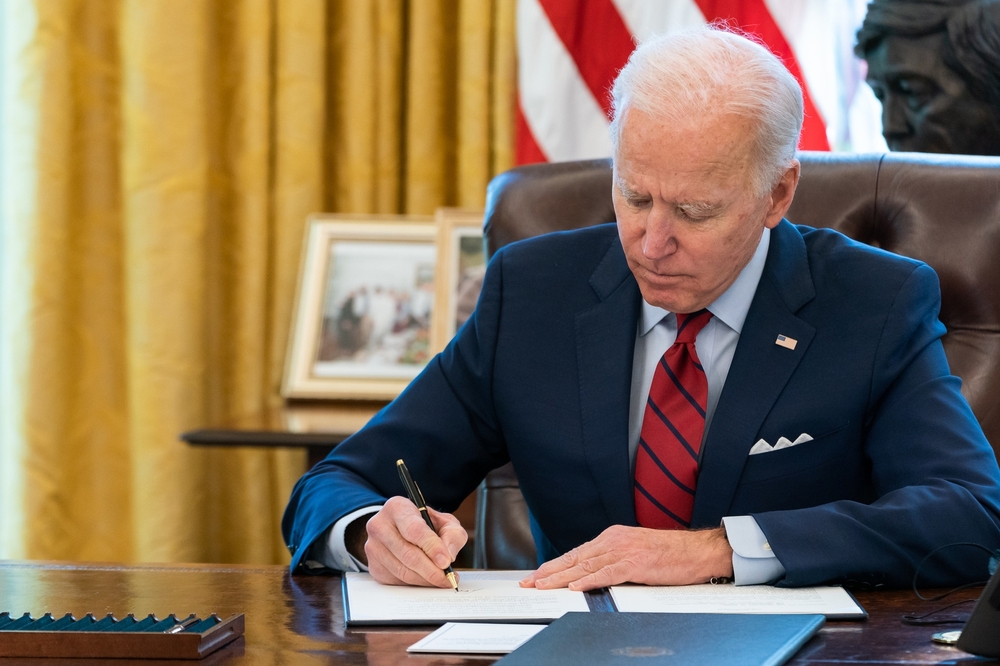Why Were Ohio State University Sex Abuse Lawsuits Dismissed?
In September, a federal judge dismissed some of the lawsuits over Ohio State University’s failure to stop team doctor Richard Strauss from abusing student athletes. Hundreds of students between 1978 to 1998 have come forward, sharing stories of inappropriate and unnecessary medical exams while on campus at health centers, athletic facilities, an off-campus health clinic and at the team doctor’s home. Strauss retired in 1998 with a clean employment file and died in 2005.
“For decades, many at Ohio State tasked with protecting and training students and young athletes instead turned a blind eye to Strauss’s exploitation,” U.S. District Court Judge Michael Watson wrote. “From 1979 to 2018, Ohio State utterly failed these victims. Plaintiffs beseech this Court to hold Ohio State accountable, but today, the legal system also fails Plaintiffs,” Judge Watson wrote in the decision to dismiss some of the lawsuits facing Ohio State.

Two Decades of Sexual Abuse
It’s believed that university officials knew about the sex abuse and predatory behavior of the team doctor but failed to investigate or act in a meaningful way. Ohio State released an independent investigative report in 2019. The investigation conducted by Perkins Cole interviewed more than 500 individuals and reviewed documents from the late 1970s to 1998. The report is full of painful stories of abuse and exploitation from former students – who went to Strauss for medical treatment. Some of the lawsuits filed against Ohio State were by student athletes attending school elsewhere but competed on the Ohio State campus.
According to NPR, the investigative report shows that the abuse was commonly known and left student athletes to believe that the behavior was accepted by university personnel. Past students were given the impression that the abuse was part of a rite of passage or form of hazing.
Why Dismiss the Sex Abuse Lawsuits?
Judge Watson shared that the two-year window in Ohio for bringing claims against the federal Title IX had closed. While Ohio State and the plaintiffs both agree that Strauss abused hundreds, the legal window of two years closed. Ohio’s statute of limitations requires college students to file lawsuits within two years of their abuse. “At all times since the filing of these cases, the Ohio legislature had the power, but not the will, to change the statute of limitations for these Plaintiffs,” Judge Watson wrote in the decision to dismiss some of the lawsuits.
Attorneys representing some of the 200 plaintiffs whose lawsuits were dismissed vowed to appeal this ruling. Since 2018, nearly 400 men and at least one woman sued Ohio State over the failure to stop Strauss from preying on students.
Title IX has been overhauled to provide a standard of how all federally funded schools must address incidents of sexual discrimination amongst staff, faculty and students. Ohio State revised university policies and faculty rules to comply with new Title IX regulations. Associate vice president for the Ohio State Office of Institutional Equity Katherine Lasher shared, “Our purpose at Ohio State is to create a learning and working environment that is equitable, fair and just for our students, faculty and staff.” She added, “We will continue to be a leader and we aim for best practices when addressing sexual misconduct, including Title IX under the new federal regulations.”
College Sex Abuse Scandal Settlements
Ohio State has publicly apologized multiple times to those who were harmed by the team doctor’s behavior. Previously it reached a settlement with 185 survivors worth approximately $47 million. This equals $252,000 on average per plaintiff. Additionally, an individual settlement program window recently closed that will help offer compensation to additional survivors who were not part of other settlements.
Those opposed to settling with Ohio State feel that they should receive equal compensation to those who settled and survivors of sexual abuse scandals at Michigan State University and the University of Southern California. These cases also involve team doctors who were trusted to provide medical care to student athletes.
In addition to Ohio State, there are also allegations of sexual abuse negligence at the University of Michigan. The late Dr. Robert Anderson, a former physician and team doctor at the University of Michigan, is accused of sexual abuse and misconduct over a 37-year period. Dr. Anderson’s victims are also taking legal action and want accountability for the university failing to protect its students from sexual misconduct.
If you or a loved one has experienced sexual abuse or sexual assault, know that support is available. Organizations like MaleSurvivor, RAINN and 1in6 offer ways to connect with specialized therapists, peer support and 24/7 anonymous online chat. Seeking legal advice is another way for sexual abuse survivors to seek support for their trauma. An experienced sexual abuse attorney can help survivors to hold everyone responsible for the abuse accountable.

















